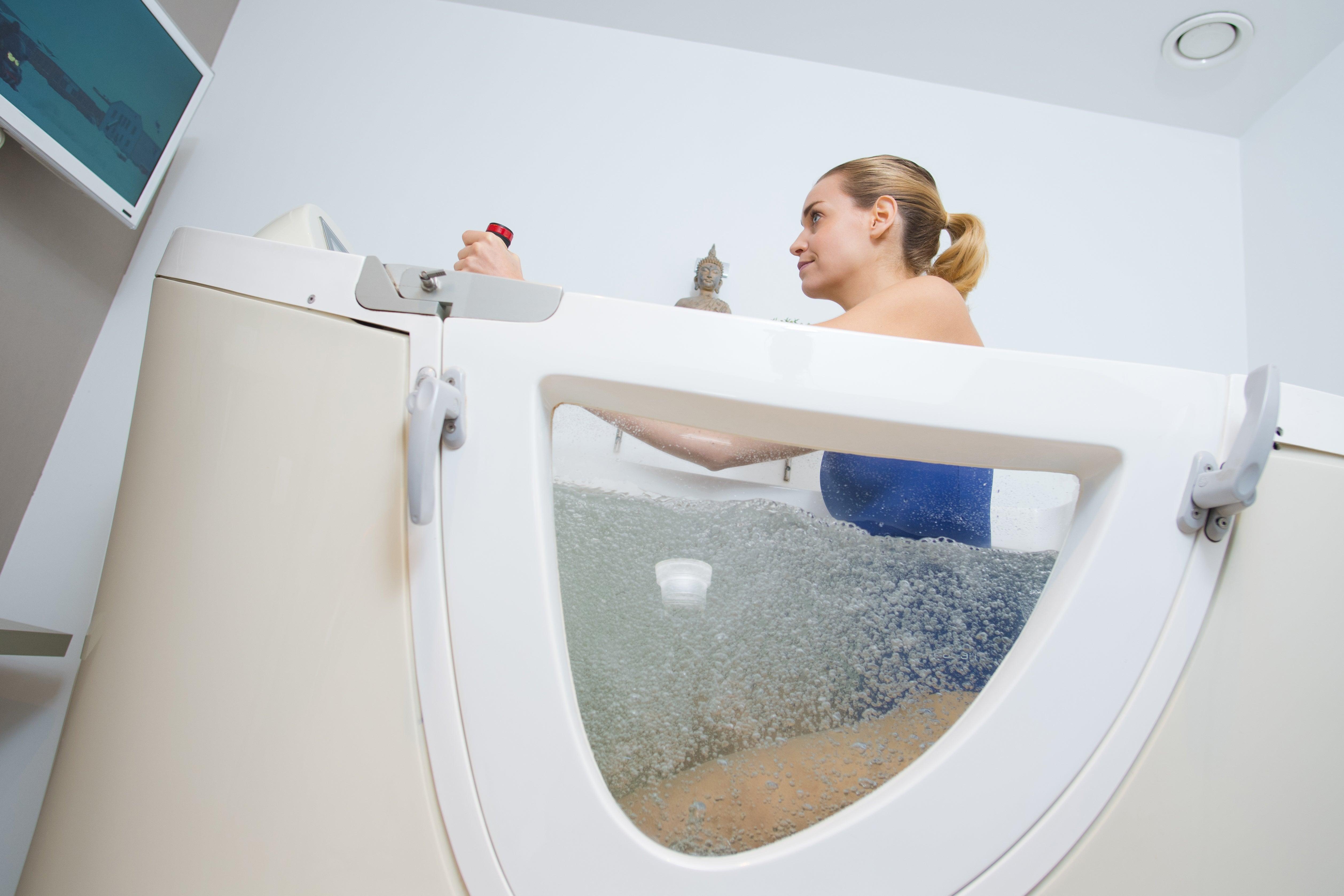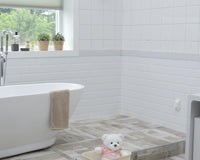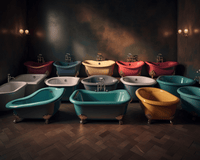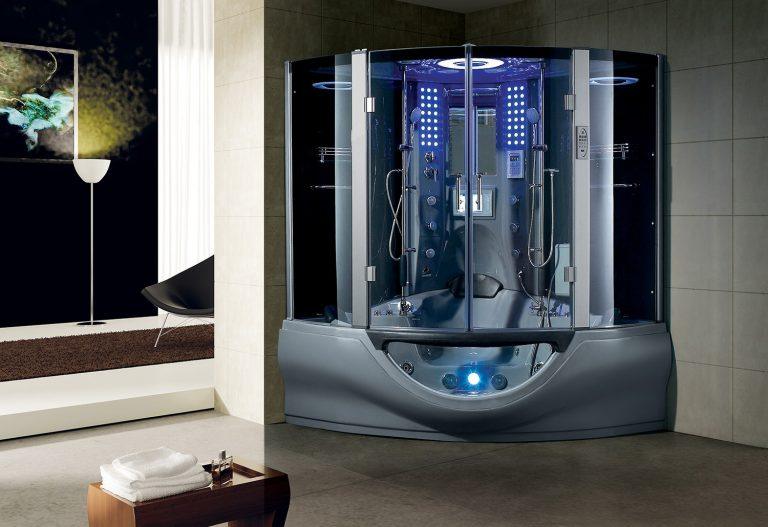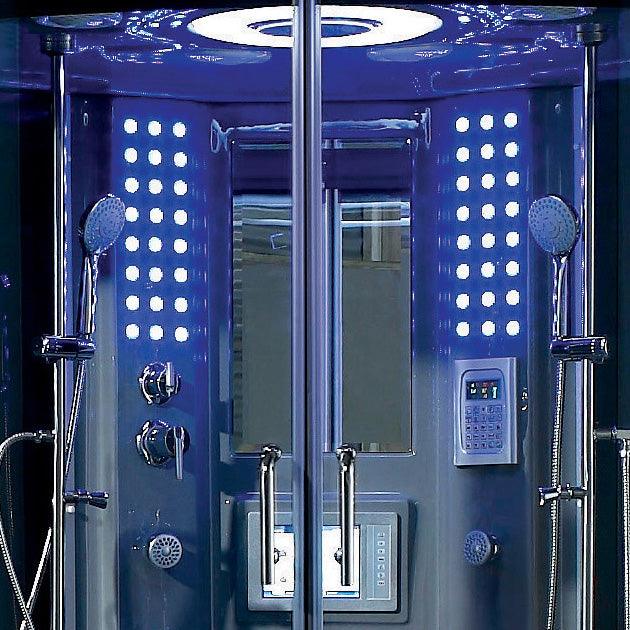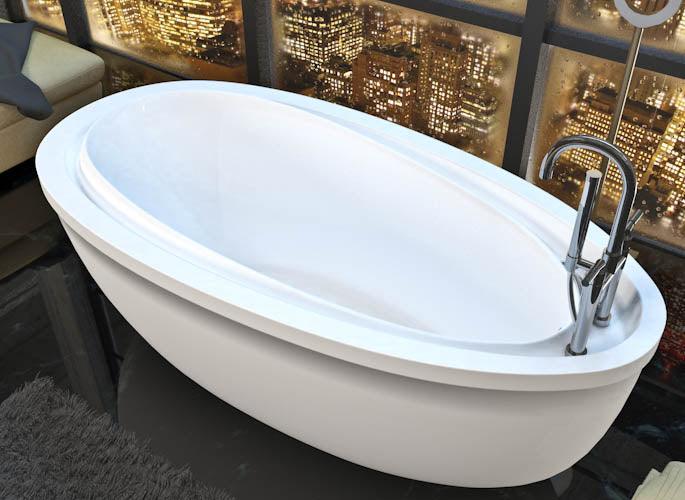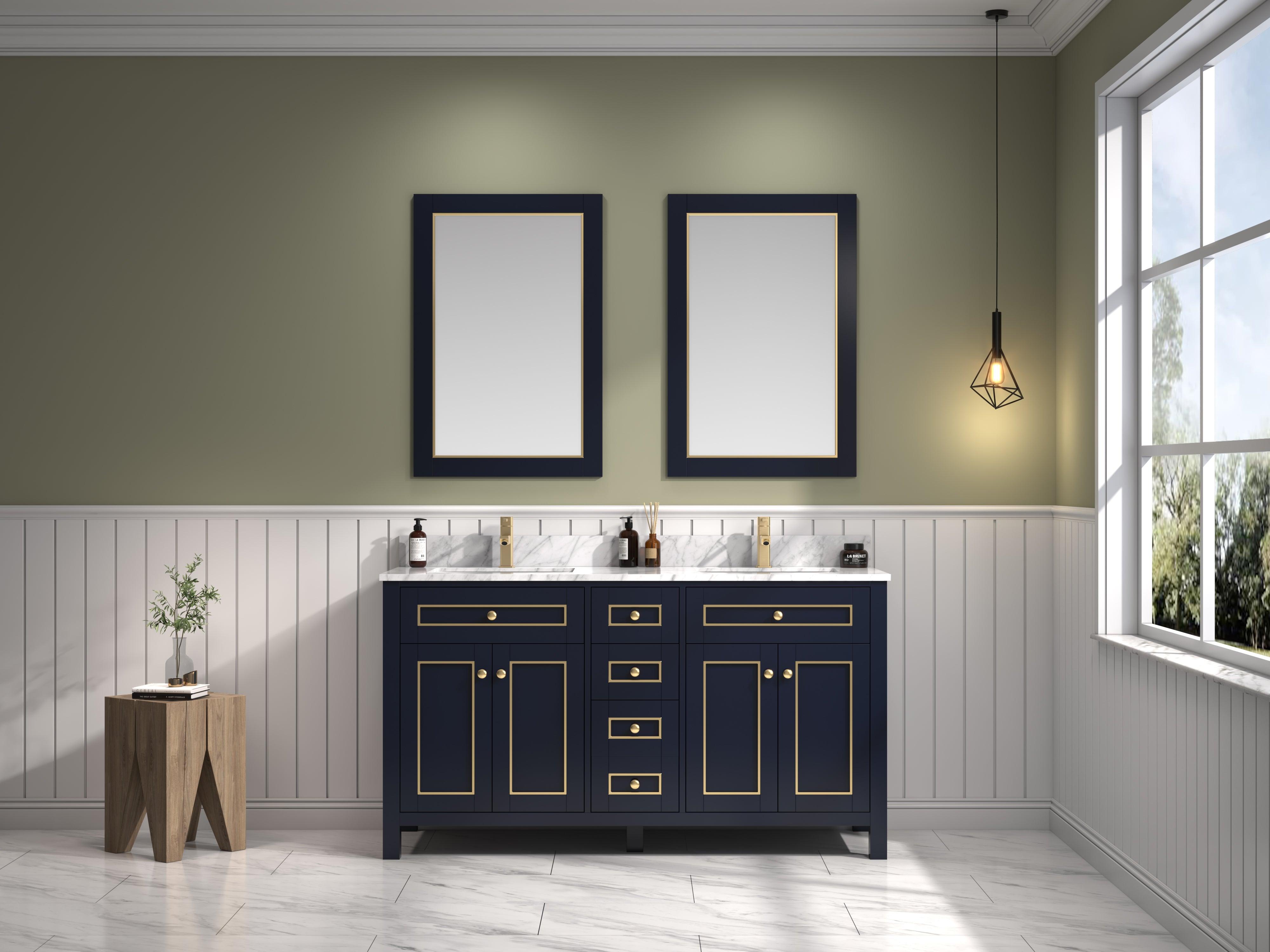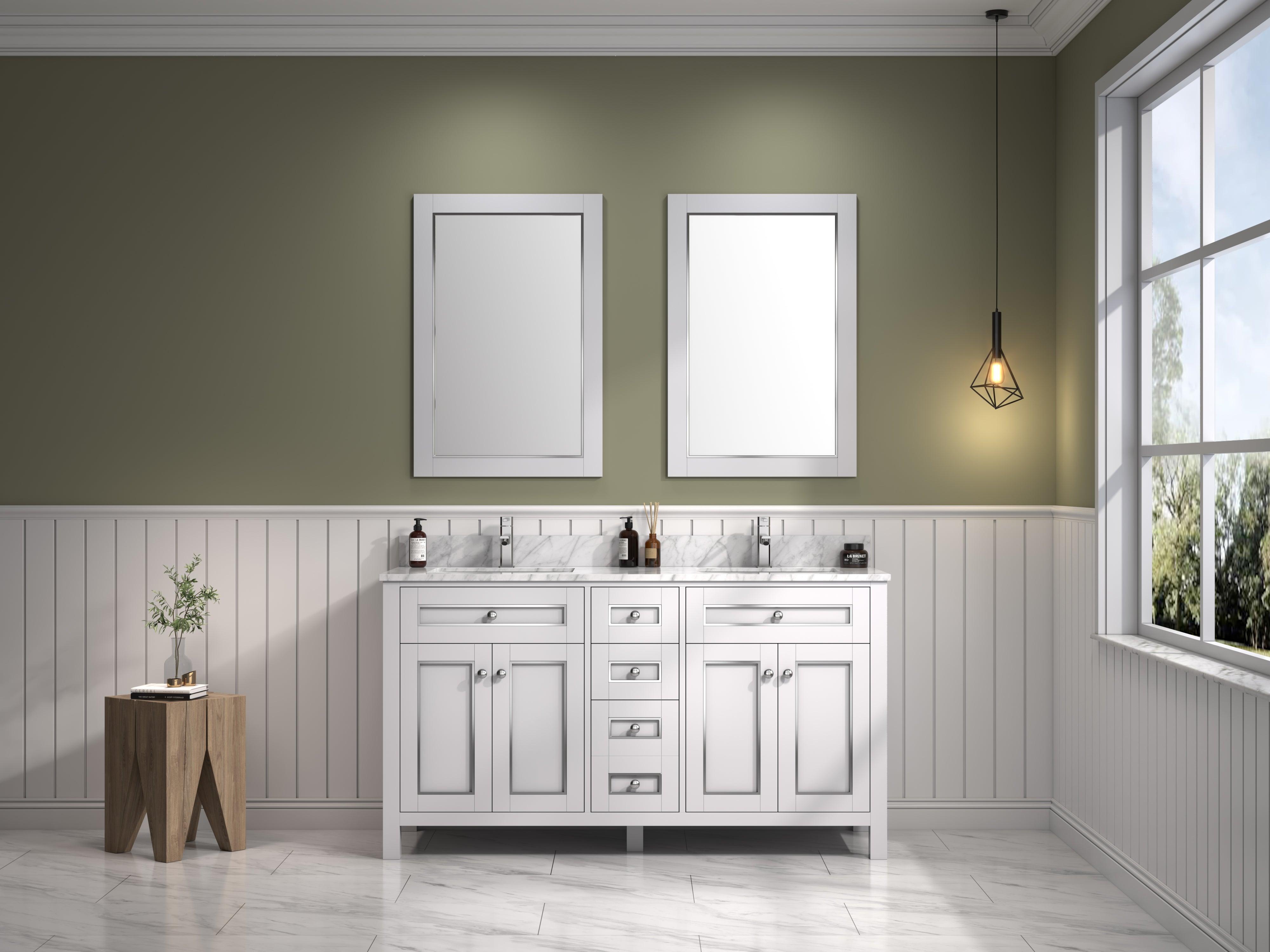Are you considering installing a walk-in bathtub in your home? It's like going through a doorway to the world of relaxation and comfort. Walk-in bathtubs provide numerous benefits, but there are some drawbacks to consider as well. In this article, we'll explore the pros and cons of walk-in bathtubs, the different types available, installation considerations, and how to ensure proper maintenance and care. Whether you're looking for an easier way to get in and out of the tub or simply want more luxury in your bathing experience, read on to learn all about walk-in baths!
Key Takeaways
- Walk-in bathtubs provide easy access and improved safety for those with limited mobility.
- They offer luxury features like handrails, grab bars, and built-in seating for added support and comfort.
- Walk-in bathtubs eliminate the need for steps, reducing the risk of tripping hazards.
- They have a limited footprint, making them suitable for bathrooms with limited space.
Benefits of Walk-in Bathtubs
Walk-in bathtubs offer loads of benefits, with easy access and improved safety being top of the list! These tubs are ideal for those with limited mobility, such as the elderly, making it easier to get in and out more safely than traditional bathtubs. Plus, you can enjoy some luxury features like handrails, grab bars and built-in seating. Not only do these features give extra support but also added comfort while bathing. The fact that they don't require any steps is another major plus since this eliminates a potential tripping hazard. Furthermore, walk-in tubs come in many different shapes and sizes so you're sure to find one that fits your bathroom perfectly! The main drawback of walk-in tubs is their cost; they tend to be more expensive than regular bathtubs due to their special design. Installation costs can add up too if you need someone to help set up the tub properly. Additionally, some models may take longer to fill or empty than standard models—meaning your bathtime might not be as quick as usual. All in all though, the convenience and safety offered by walk-in bathtubs make them worth considering for anyone who needs an accessible solution for their home bathroom setup. Despite its drawbacks, there's no denying the advantages that come with having a walk-in tub installed in your home—providing an enjoyable bathing experience without compromising on safety or accessibility.
Drawbacks of Walk-in Bathtubs
Walk-in bathtubs may seem like a great option for those with mobility difficulties, but there are several drawbacks to consider. Firstly, they tend to be more expensive than traditional tubs due to the additional features and modifications that are required. Furthermore, as they require extra space for the door opening and other safety features, you need to make sure you have enough room in your bathroom before investing in one of these.
Cost
The cost of a walk-in bathtub can be quite expensive, but you'll save money in the long run by avoiding costly medical bills. The ease of use and safety concerns make it worth the investment, as it provides greater independence for those with limited mobility.
| Pros | Cons |
|---|---|
| Avoid costly medical bills | Expensive initial investment |
| Greater independence | Limited space requirements |
| Ease of use & safety concerns | Time consuming installation process |
Overall, while a walk-in bathtub may come at an initial cost, its convenience and improved safety features will more than make up for it in the long run. Plus, transitioning into the next section about space requirements is easy due to its limited footprint.
Space Requirements
Getting a walk-in bathtub can help you gain independence, but they don't take up much space so you won't have to worry about fitting it in your bathroom. Walk-in tubs are an excellent option for people with accessibility needs since they provide easy access and safety features, while also bringing a certain aesthetic appeal to your bathroom. However, due to size requirements for installation and the need for some structural work to be done in order to fit the tub properly, it can be difficult for some homeowners to install them in their existing bathrooms. Additionally, if you are looking for a larger bathtub that offers more features or luxury options such as whirlpool jets or saunas, then these may not be suitable as there is limited space available within the unit itself. To sum up, walk-in tubs offer many benefits but may not be ideal if you have specific needs or want extra features. Now let's explore the types of walk-in bathtubs available on the market today.
Types of Walk-in Bathtubs
When it comes to walk-in bathtubs, there are two main types to consider: low threshold and high threshold. Low threshold tubs have a step that is lower than 3 inches, making it easier for those with limited mobility or balance issues to enter the tub safely. High threshold tubs have a higher step of 3 inches or more, which can make them more difficult to access but may also offer more features and options.
Low Threshold
Stepping into the bathtub can be made easier with walk-in tubs, as they typically feature a low threshold. This allows for a gentler transition in and out of the tub, making it easier to access for those who struggle with mobility issues. The low threshold also helps to reduce the chances of slipping and falling when entering or exiting due to its smoothness.
| Low Threshold | High Threshold | |
|---|---|---|
| Seating Options | Easier seating options due to wider opening. | Harder seating options due to more limited space. |
| Safety Features | Minimizes risk of falls and slips when entering/exiting. | Increased risk of falls and slips due to higher step-up height. |
| Cost Range | Lower cost option than high threshold models. | Generally more expensive than low threshold models. |
Overall, a low threshold provides increased accessibility, comfort, and safety features compared to high thresholds while being less costly for those on a budget looking for an efficient bathing experience without compromising on quality or safety features. Gliding smoothly into the next section...
High Threshold
If you're looking for an extra touch of luxury, a high threshold bathtub may be the perfect choice for you. These tubs are designed to provide increased bathing safety and require higher levels of accessibility than other tubs. However, they also come with some drawbacks that make them less ideal for certain people. One issue is that they have a higher threshold which can make it difficult to get in and out of the bathtub safely if you have limited mobility or strength. Additionally, they often require more complicated installation procedures due to their larger size, requiring specialized tools and experience that most homeowners don't possess. If these issues and potential obstacles don't deter you, then a high threshold bathtub could be the right choice for your bathroom renovation project. Just make sure to keep the installation considerations in mind when making your decision.
Installation Considerations
Installing a walk-in bathtub isn't as hard as it may seem--just make sure you've got the space for it! Doing a DIY installation can save you some money, but it's important to make sure you have all the right materials and tools. It might be worth getting professional help if you're not confident in your abilities. Make sure that any electrical work is done by an experienced electrician, and always follow safety guidelines when working with water supplies. If possible, try to get a second opinion before committing to an installation project.
The cost of a professionally installed walk-in bathtub varies depending on the size and features. A basic setup shouldn't require too much extra work from the installer, while something more complex will often need additional parts or labor. Be sure to factor in these costs when deciding if this type of tub is right for your home. While they are generally more expensive than traditional tubs, walk-in baths offer many benefits that might offset the initial expense.
It's also important to consider how easy or difficult it will be to access certain components during maintenance or repairs down the line. Ensure that essential elements like valves and drains are easily accessible so they can be serviced without difficulty in future years--it could save you from having to replace them prematurely or cause costly damage due to leaks or corrosion.
When considering whether a walk-in bathtub is right for your home, there are a few key points of installation that should be taken into account before making any decisions. Do your research beforehand so that you know what type of investment is required and what potential problems may arise during installation and maintenance down the road - this way, everyone involved can enjoy long lasting comfort and relaxation throughout their years together! With careful consideration upfront, transitioning into maintenance and care should go smoothly.
Maintenance and Care
Maintaining and caring for your walk-in bathtub is essential to keep it running optimally. Cleaning the tub regularly and ensuring that you are using clean water will help extend its life. Keeping an eye on any changes in water quality is a good way to spot potential problems early on, saving time and money in the long run.
Cleaning
You'll enjoy a smoother cleaning experience with walk-in bathtubs, which provide easy access so you can quickly breeze through the task. The limited space around them makes it easier to reach every nook and cranny. | Pros | Cons | | --- | --- | | Easy Access | Limited Space | | Cleaning Made Easier| Harder to Repair | This allows for a cleaner bathroom overall and less time spent scrubbing hard-to-reach areas. From there, you can look at the quality of water being used in your walk-in tub.
Water Quality
Moving on to water quality, one of the main advantages of a walk-in bathtub is that you can easily adjust the temperature of the water. This makes it easier for you to enjoy a comfortable and safe bathing experience with fewer safety precautions needed than traditional tubs. Additionally, the enclosed environment ensures that no contaminants enter your bathwater and that you can maintain better control over the quality of your water.

